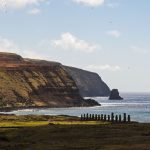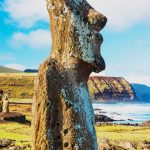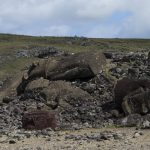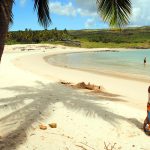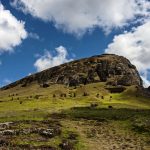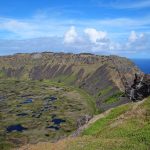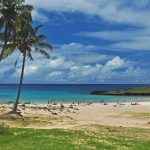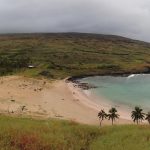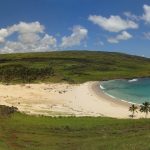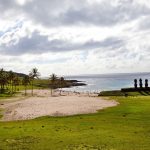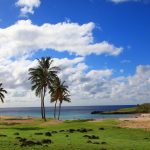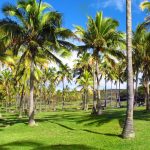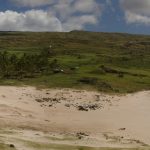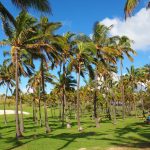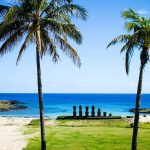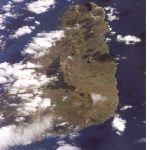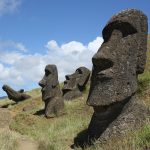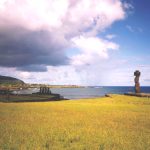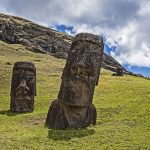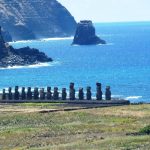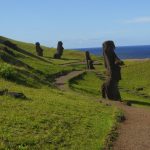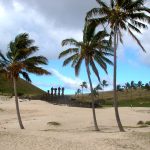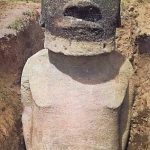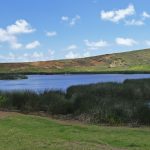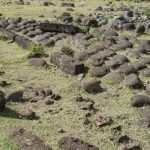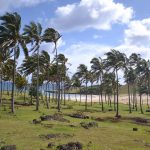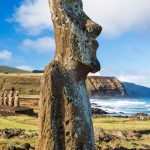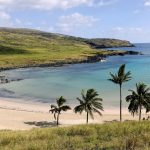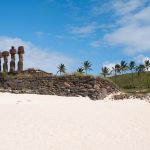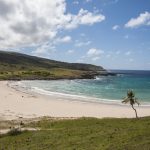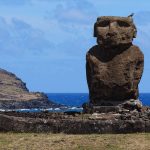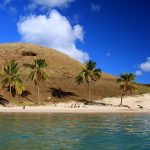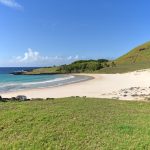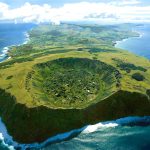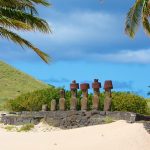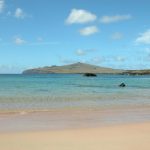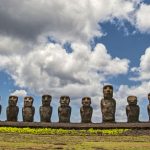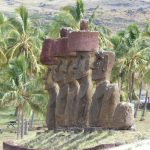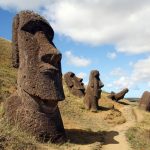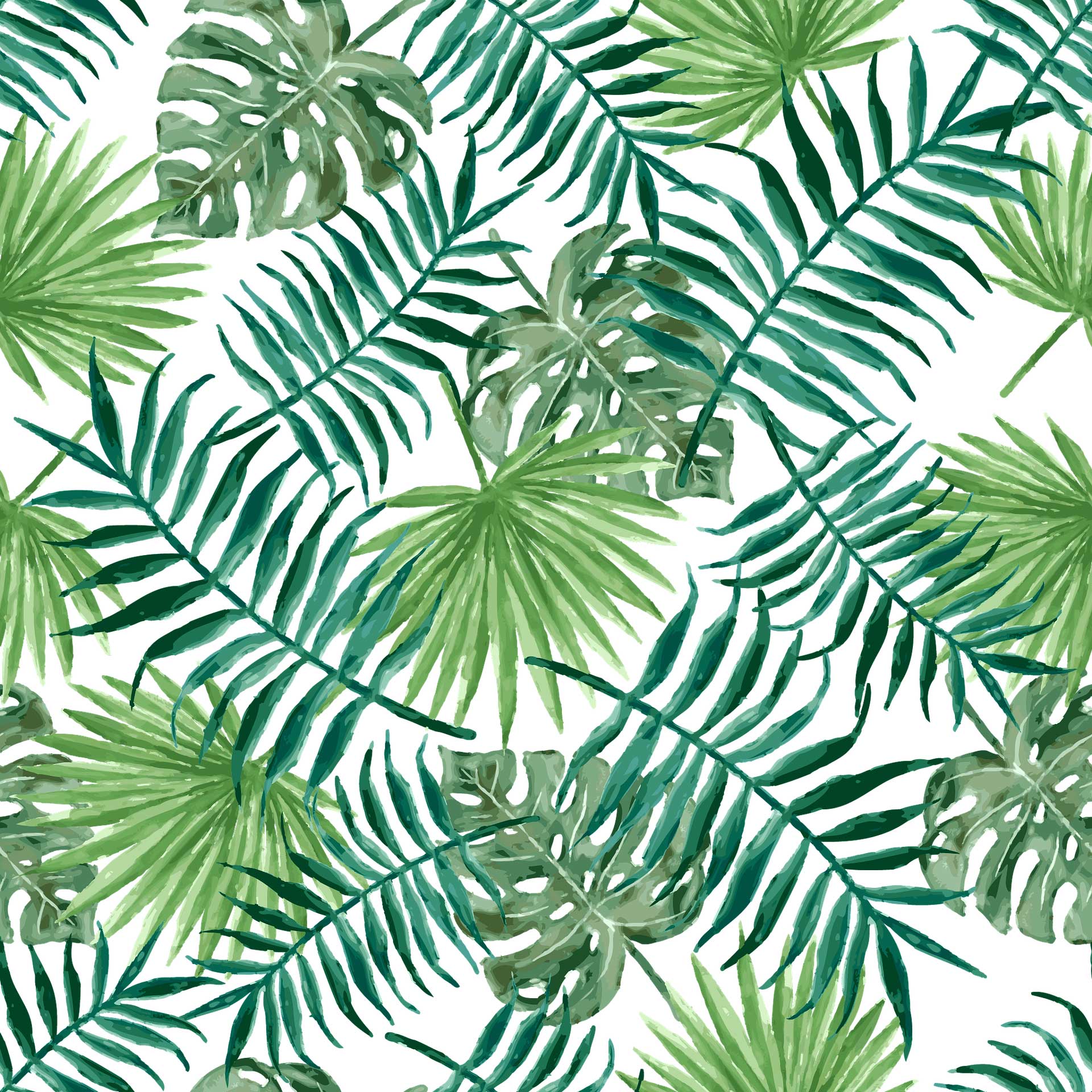
Today, on this special Easter Day, we will write something about one of the most famous and isolated islands on the planet (and mysterious too) – Rapa Nui, also known as Easter Island! It is located in the southeastern Pacific Ocean and is one of the most remote inhabited places on Earth. Its nearest inhabited neighbor is Pitcairn Island, over 1,900 kilometers away. The one and capital town is Hanga Roa and around 7750 people live on Easter Island.
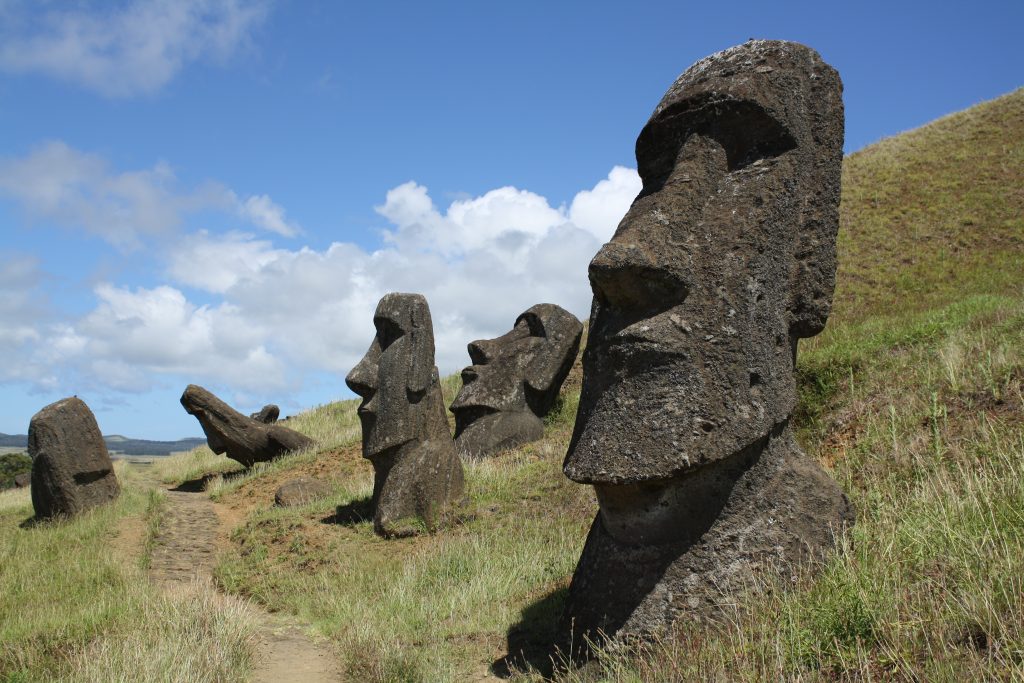
Dutch explorer, Jacob Roggeveen, just happened to stumble upon this island on Easter Sunday (5. April) in 1722. And that’s how the island got its name! If anything first pops into someone’s head when Rapa Nui is mentioned, it’s undoubtedly its magnificent moai statues. There are over 1000 Moai statues scattered across this lonely island in the middle of the Pacific! Some of them are over 10 meters tall and weigh dozens of tons!
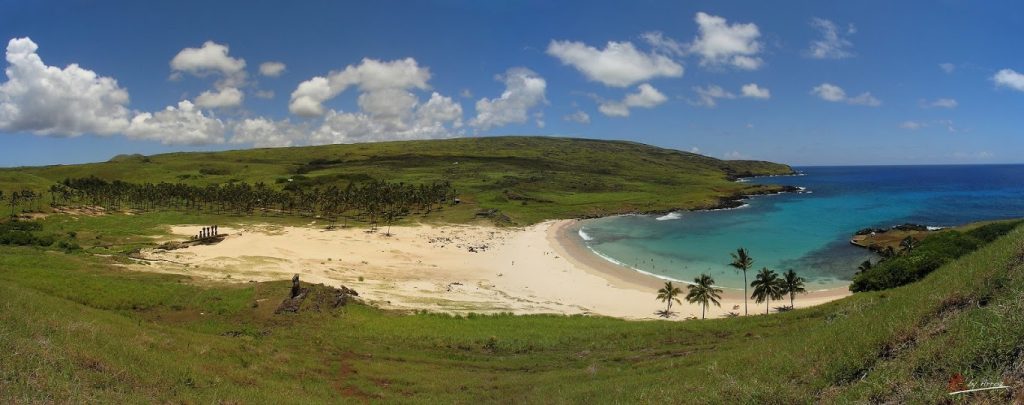
But who made those statues and why? How did they transport them? These are the questions that have puzzled scientists and travelers for centuries. It’s believed that these imposing figures were carved between the 1250. и 1500. year and represent revered ancestors or important chiefs. Just imagine the effort and skill required to sculpt and erect these stone colossi! They are mostly carved from volcanic tuff. This porous stone, formed from compacted volcanic ash, was relatively easy to carve using the simple stone and obsidian tools available to the island’s ancient inhabitants. There are also some moai carved from basalt, trachyte and red scoria.
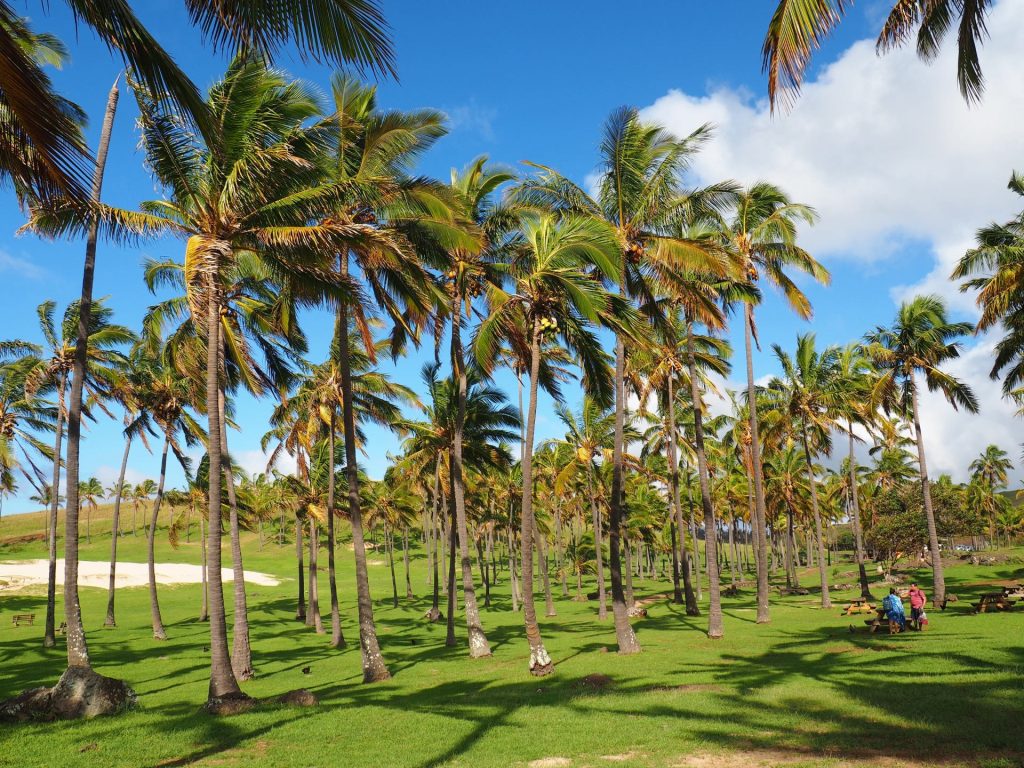
Most of them originated from the Rano Raraku quarry (the inner crater of an extinct volcano), where many of unfinished moai still lie today, as if time suddenly stood still. And then, there are the ahu – the stone platforms on which these statues were placed. Most of them face inland, towards the former settlements. What were these stone guardians watching? What were they protecting? The mystery remains…
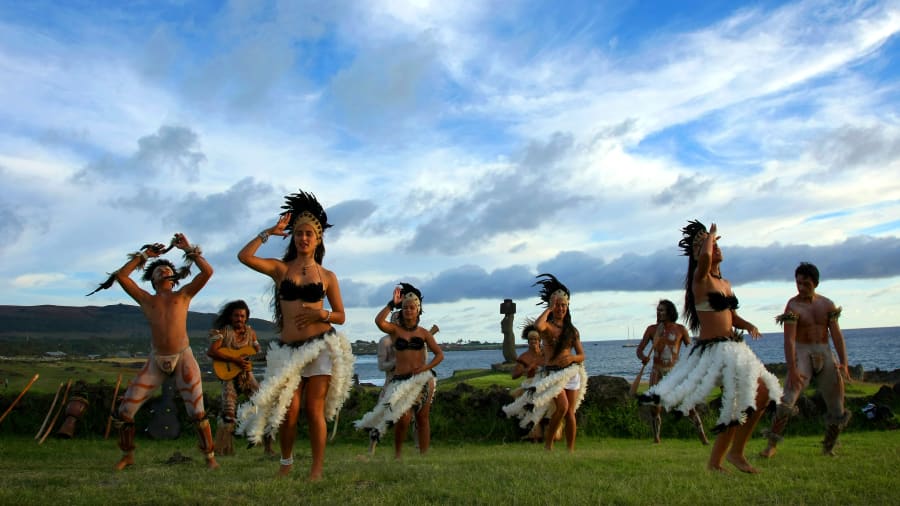
The first inhabitants, brave Polynesian seafarers, are believed to have arrived on Rapa Nui around between AD 700 and 800, according to the archaeological records. In isolation, they developed a unique culture, rich in myths, legends, and art. They even had their own writing system, rongorongo, which unfortunately still hasn’t been deciphered – yet another enigma left to us by this fascinating island!
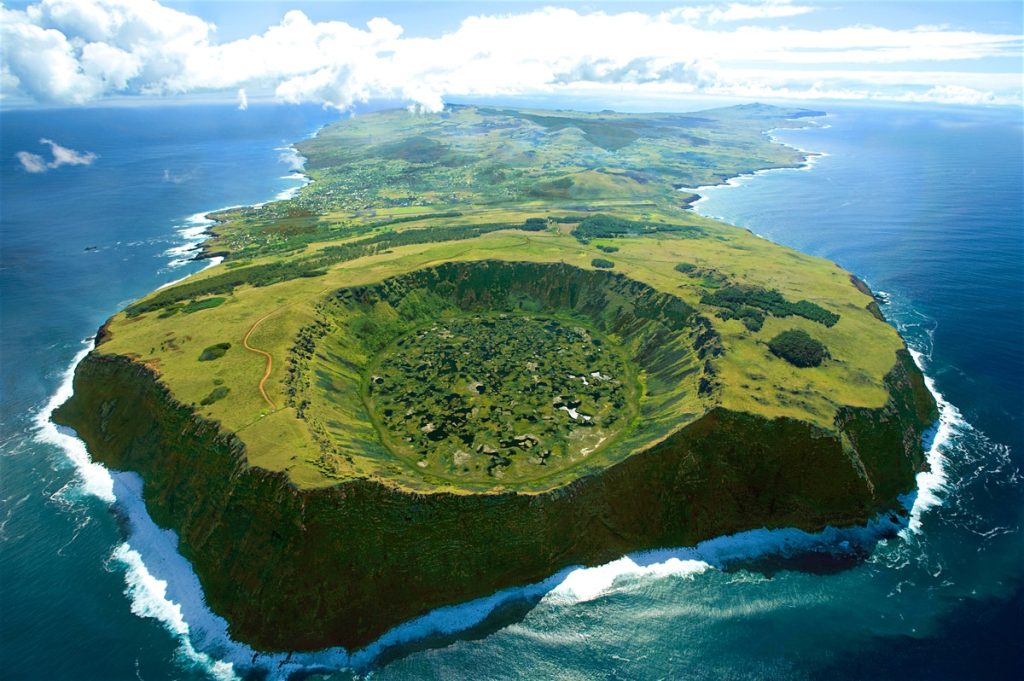
However, the history of Rapa Nui also has its dark side. Theories suggest that the over exploitation of the island’s natural resources led to an ecological crisis and conflicts between clans. The arrival of Europeans brought diseases and the slave trade, which decimated the local population. Today, the descendants of those first inhabitants are fighting to preserve their culture and heritage.
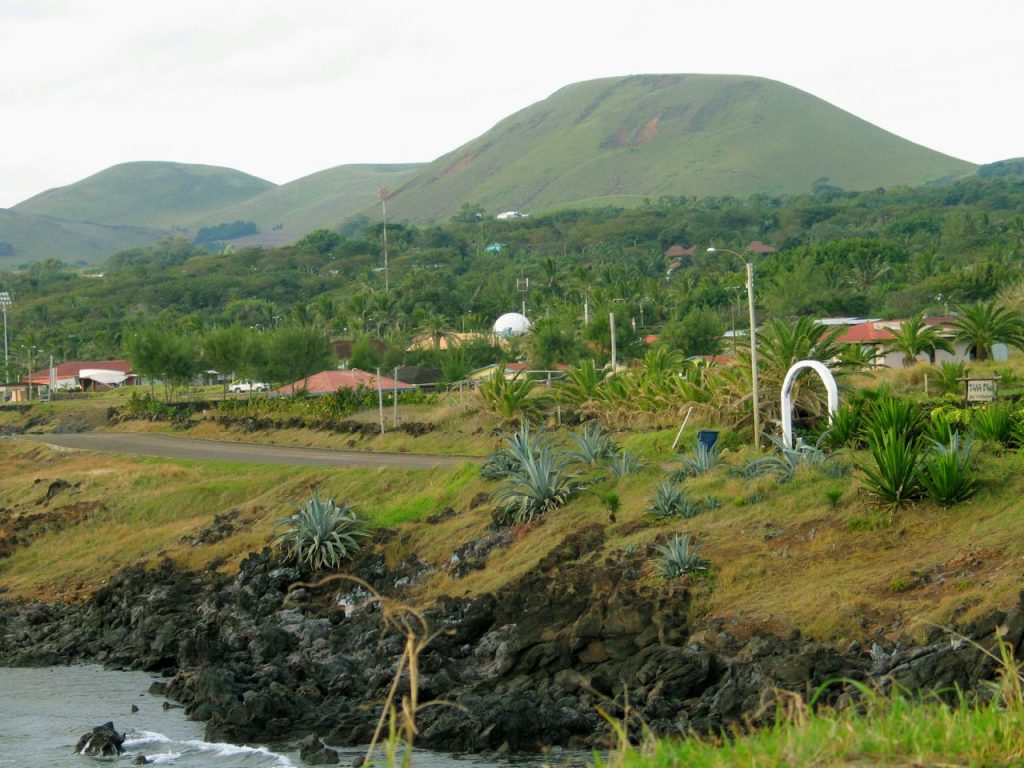
Today, Rapa Nui is a special territory of Chile and a magnet for tourists from all over the world. The island’s immense cultural and historical significance was recognized in 1995 when UNESCO designated Rapa Nui National Park as a World Heritage Site. People come to see these mysterious statues, to feel the spirit of the past, and to marvel at the incredible resilience of an isolated civilization.
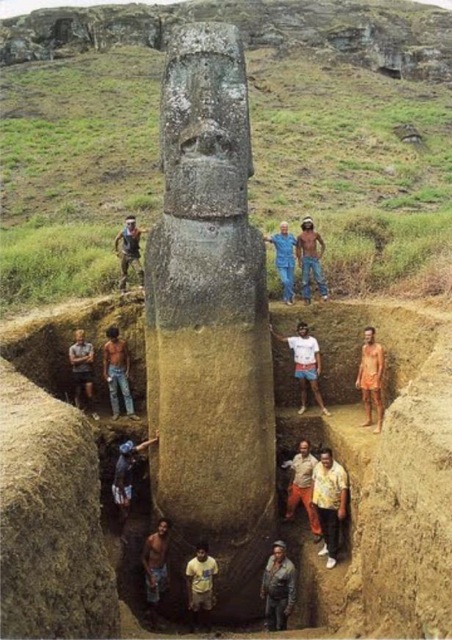
Rapa Nui is much more than just an regular island. It’s a lesson in human creativity, but also in the fragility of our relationship with nature. It’s a place where the past and the present intertwine, leaving us with more questions than answers. Now, here is gallery with 50 pictures

